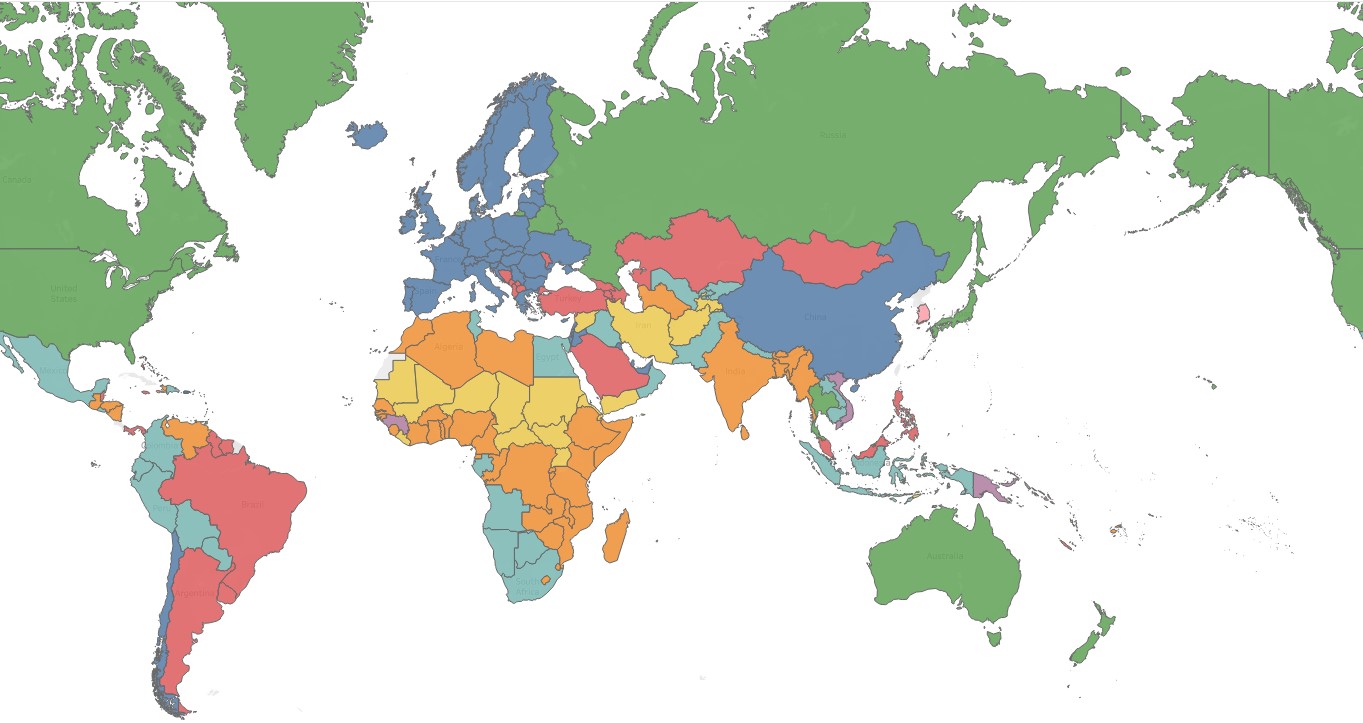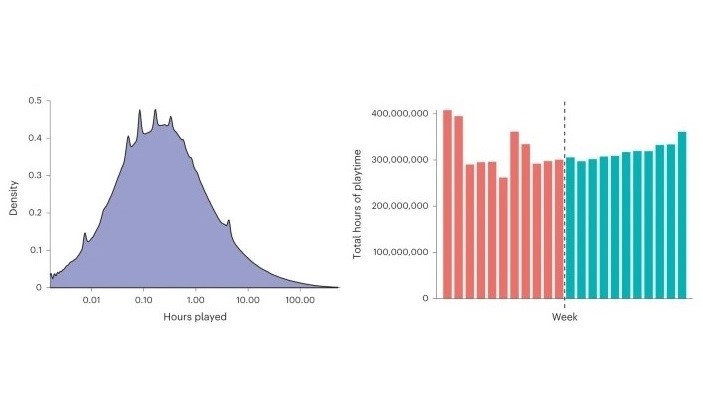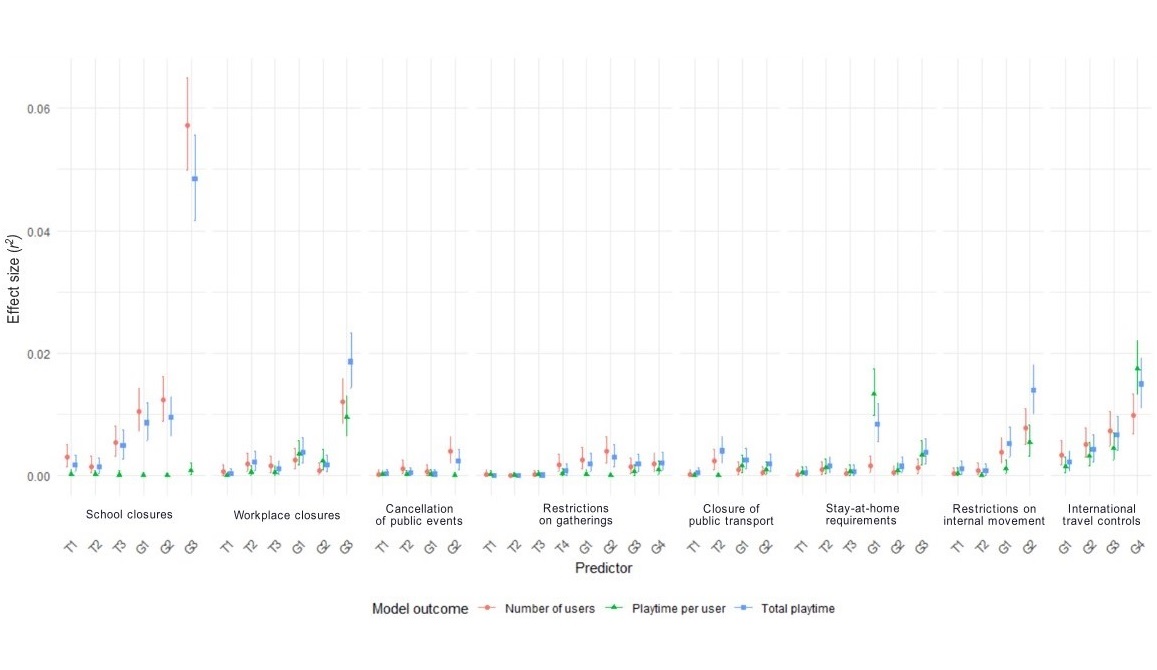Global Spending and Play
Discussion of Global Spending and Play Patterns

Below is a more detailed look at the analyses of video game monetization, spending, and play dynamics.
This project was completed with data from ![]() .
Please note that analyses are based on data collected during 2022.
.
Please note that analyses are based on data collected during 2022.
Overview
Video game engagement varies across the globe, with different places investing varied amounts of time into this hobby. This also carries over to spending, with different places having varied numbers of spenders on games and amounts of money they put into these games. This project aims to begin illuminating some of the factors that relate to how monetization of video games translates to spending across the globe, building on previous projects looking into time spent on mobile play (as seen in Project 1). Note: The below analyses are based on the highest spending over a year of data collection.
Spending and Play Patterns by Place and “Cluster”
Recalling the behavioral clusters outlined in Project 1, we can consider both specific places and their other play behaviors when looking at global spending on video games.
Below is a table outlining some of these behaviors by place and cluster over a year of data collection. The overview includes total spending, total spenders, average play per day, average duration of play per capita, and total presence of heaviness in play among players in a place.
This table is interactive and can be sorted by any of the factors displayed. Note that this table is based on the top 1% of spending globally and therefore only represents the highest spending behaviors.
Among the A-Type places (e.g., those with highly unequal gaming behaviors among players), the top spending places are Germany, the UK, France, Italy, and China. For B-Type places (e.g., those with comparatively uncommon mobile gaming), the top spending places are India, Guatemala, Mozambique, Nigeria, and Venezuela. Among C-Type places (e.g., comparable play behaviors with A-Type places, but less of a concentration of playtime for a heavy gaming group within the population), the top spending places are Brazil, Turkey, Saudi Arabia, Malaysia, and the Philippines. For D-Type places (e.g., developing nations and places with less mobile gaming activity), the places with the most spending are Indonesia, Mexico, South Africa, Egypt, and Laos.
E-Type places (e.g., those with higher duration of gaming sessions per capita where mobile gaming is more common) boast the highest spending in general, with the most cumulative revenue for games coming from the United States, Japan, Australia, Canada, and Russia. F-Type places (e.g., those places marked by an extreme lack of mobile gaming) are only represented within Iran for top spending places, while G-Type (e.g., those places with fewer mobile players who have more daily play on average) places feature the highest spending in Vietnam and H-Type places (e.g., primarily wealthy areas in east Asia where gameplay is on the extreme side) have the most spending in South Korea and Hong Kong.
Spending habits are diverse across the globe, with the sum of total spending being mostly concentrated in E-Type countries, the US, Japan, and Australia in particular. As noted above, though, these spending habits do not necessarily align with other play behaviors, with some of the most concentrated play sessions happening in countries and territories that spend comparatively less money on these games overall.
Below is an interactive chart illustrating these differences among different places on the globe. Hover over the chart for more information about each block.
Spending, Spenders, and Population Globally
Population is another factor that needs to be considered when looking at spending behaviors and taking this into account changes the picture slightly of who has the most financial engagement with these video games.
For some of the most populous places on average (e.g., India and China), spending is comparatively low. The more mid-range areas based on population (including Indonesia and Japan), however, have much higher spending. At the same time, the average number of spenders does not vary quite as much based on place or population.
Below is an interactive chart noting differences in population (identified in the chart by size of each box), average spending, and average number of spenders. Average spending and spenders are denoted by color variation, with darker colors indicating higher numbers. Hover over the chart for more information about each place and spending behaviors.
Spending, Spenders, and Playtime by Video Game Genre Globally
Place and potential cultural differences are not the only thing influencing the amount of money being spent by players. In terms of the overall highest spending, puzzle and casino games are the most lucrative, followed by simulation games, strategy games, card games, and role-playing games. As with the behaviors discussed above, however, more spending does not always mean more people doing the spending. When looking at total overall spenders, puzzle games still come out on top, but this is followed by simulation games, action games, and card games.
Below is a bubble chart showing these trends and differences across genre, with size indicating total overall spending and color shade indicating the total overall number of spenders by genre.
Conclusions and Takeaways
Spending on video games looks different across the globe and across genre. This is, to some degree, impacted by factors like indicators of access and population, but these do not explain the entire landscape of spending behaviors in gaming. Play time in terms of average daily play and average duration of play per capita do not align completely with spending behaviors.
While clusters of play behaviors help to understand some spending habits, among the top 1% of spending in video games globally, interesting patterns emerge. Many of the highest spending behaviors are present in E-Type countries, rather than H-Type countries with higher overall play engagement. More work needs to be done to understand some of the underlying motivations and potentially cultural factors – including the potential influence of what games are being played – that could impact spending behaviors.
To keep up with trends in behaviors, refer to other projects currently underway!



